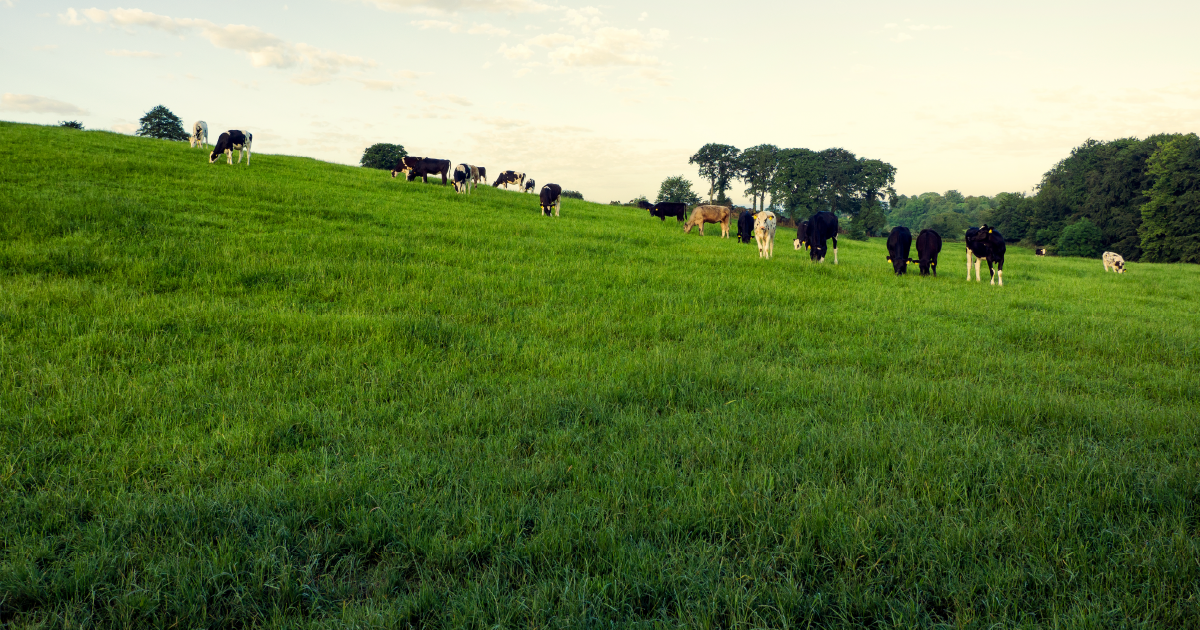Understanding grassland soil health
- 2 Oct 2017
- 0 Comments

Understanding the fertility of your soil is an essential part of grassland management. There needs to be an awareness of the nutritional picture of each field, to ensure there is the right balance of nutrients to allow the ley to fulfil its potential. A blanket approach to fertiliser purchasing is often not the most cost-effective approach, as each field needs to be assessed individually.
To understand what you’re working with, soil sampling should be common place on-farm to ensure pH, N, P and K levels aren’t hampering plant growth and development. The balance of these key nutrients is very important. For example, Nitrogen (N) helps with plant growth, driving production and improving the quality of forage crops, while Phosphate (P) encourages root growth and development, and Potash (K) helps with protein production to maintain healthy plant cells. More soil samples available on request
Getting the pH balance right
It is also important to ensure the pH of your soils is balanced, to help to maximise grassland performance. Ideally the pH should be in the region of 5.0 to 5.5 for peaty soils, and 6.0 to 6.5 for mineral based soils. Lime applications should also be factored in a wider nutrient management plan.
Phosphate and potash recommendations for grass establishment
Correct nutrition is important to ensure successful establishment of a new sward. The phosphate, potash and nitrogen recommendations will differ from existing swards. New leys have a greater requirement for phosphate to help with root development and lower requirement for nitrogen.From The Fertiliser Manual (RB209) 8th Edition
The amount of phosphate and potash applied for establishment may be deducted from the first season's grazing or silage/hay requirement.










